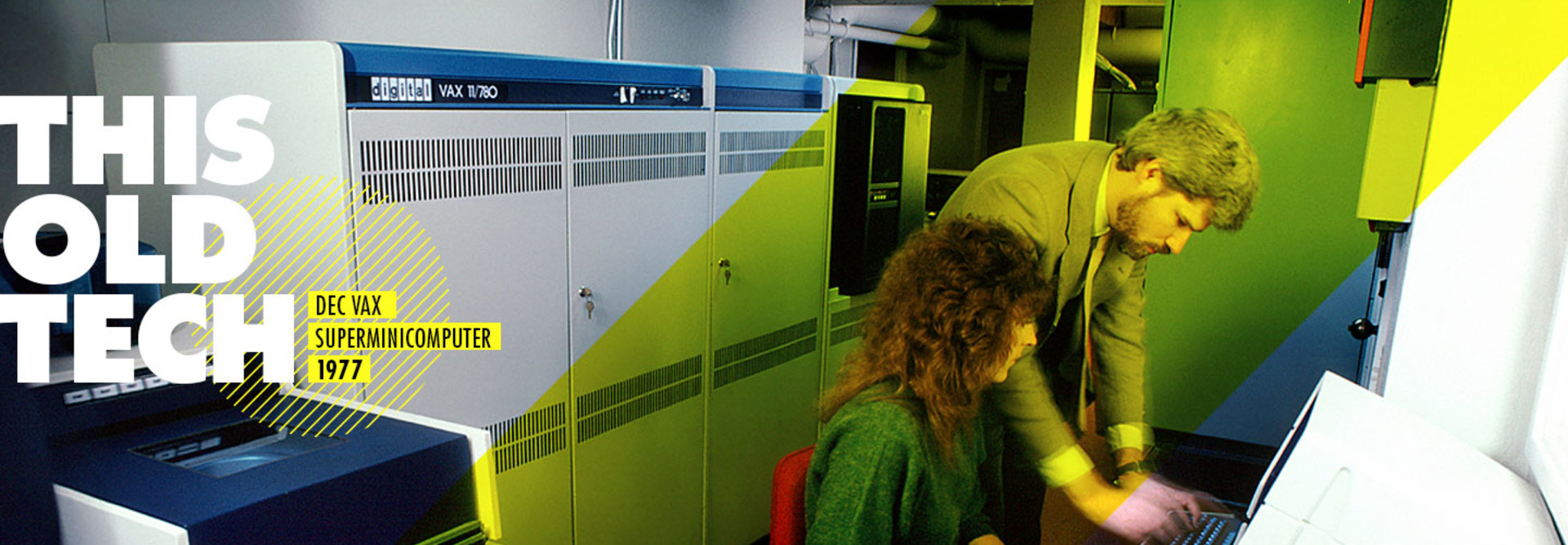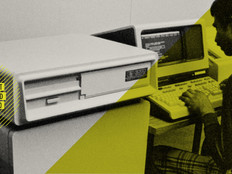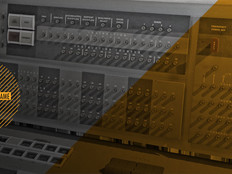DEC’s VAX Superminicomputer Became a Mainstay in Federal Research
In the 1970s — the era of Watergate and then of presidents Gerald Ford and Jimmy Carter — the Digital Equipment Corp.’s VAX system helped fill the technology gap after IBM mainframes dominated federal computing but before smaller personal computers and the internet took off and became a key element of federal computing architecture, especially for research purposes.
The DEC VAX became a key element of federal computing architecture, especially for research purposes.
SIGN UP: Get more news from the FedTech newsletter in your inbox every two weeks!
WHAT Is the DEC VAX?
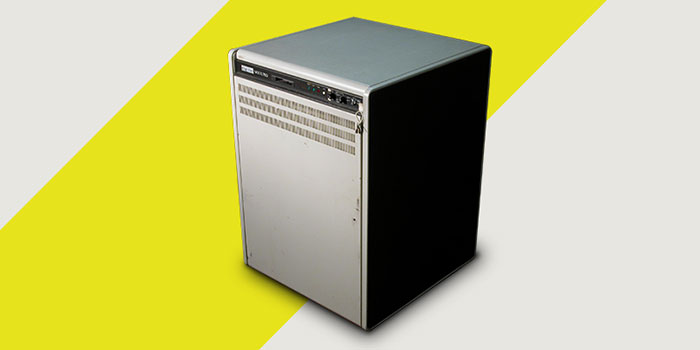
Photo credit: Shieldforyoureyes, Dave Fischer/Wikimedia Commons
DEC was already a major player in the computer industry by the mid-1970s, when it developed the VAX system (for virtual address extension, according to VAX Architecture Handbook: Architecture For The 80’s). With VAX, DEC extended its PDP-11 minicomputer architecture from 16 to 32 bits.
The first model in the VAX “superminicomputer” line was the VAX-11/780. The line rivaled “much more expensive mainframe computers in performance,” according to the online Computer History Museum. The VAX line also featured “the ability to address over 4GB of virtual memory, hundreds of times the capacity of most minicomputers.”
The supermini VAX systems, the website notes, “were backward compatible and so preserved the investment owners of previous DEC computers had in software.”
“The success of the VAX family of computers transformed DEC into the second-largest computer company in the world, as VAX systems became the de facto standard computing system for industry, the sciences, engineering, and research,” according to the website.
VAX computers ran on an operating system known as Virtual Memory System, or VMS, a 32-bit system that exploits the concept of virtual memory, as TechTarget notes.
WHEN Was the DEC VAX Introduced?
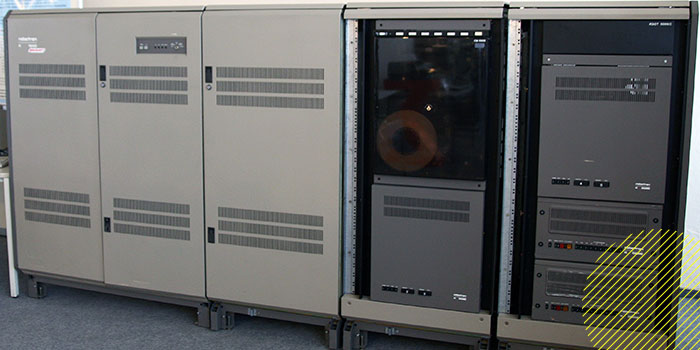
Photo credit: Procolotor/Wikimedia Commons
The first VAX system was introduced in October 1977 following DEC’s annual shareholders' meeting. According to the Encyclopedia of Computer Science and Technology, by Harry Henderson, the VAX line “allowed larger amounts of memory to be addressed and increased flexibility” for minicomputers.
The VAX line was a classic complex instruction set computer, according to Edwin Reilly’s book, Milestones in Computer Science and Information Technology. The original VAX architecture included 244 instructions when it was introduced in 1977, and more were added over time. Reilly notes that the VAX was “the mainstay of most university computing centers for almost two decades,” from 1978 to 2000. That dynamic held true in the federal government, as well.
The extent to which the VAX line proliferated through government is evident in a 1993 publication, the fifth edition of Directory of Federal Laboratory and Technology Resources: A Guide to Services, Facilities, and Expertise, by Neil Miller.
The book, published by the National Technical Information Service, a component of the Commerce Department, details the computing and IT systems used by government labs, and the VAX line pops up quite a bit.
For example, the National Institutes of Health, part of the Department of Health and Human Services, used a VAX-11/750-based computer system linked to a satellite for biomedical research. VAX computers were also used by the Energy Department’s Combustion Research Facility to experiment on combustion engines.
VAX systems were also used at the Naval Surface Warfare Center for simulations of submarine and other marine vehicle dynamics. And the Army used a VAX 11-785 system at its instrumented test range in Arizona to test ground and airborne electronic communication and noncommunication systems.
WHY Did the DEC VAX Die Off?
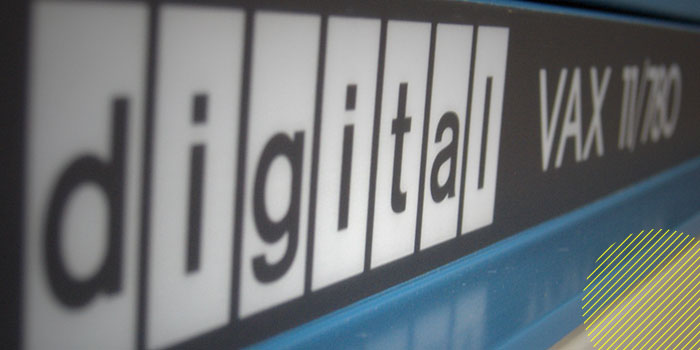
Photo credit: Emiliano Russo, Associazione Culturale VerdeBinario/Wikimedia Commons
As Edgar Schien notes in his book DEC Is Dead, Long Live DEC: The Lasting Legacy of Digital Equipment Corporation, DEC ran into trouble in the late 1980s and early 1990s because its VMS operating system ran only on VAX machines, while Microsoft’s Windows operating system could run on “any clone PC from Dell, Compaq, IBM, Gateway, and so forth.” The UNIX and Linux operating systems could also run on any computer architecture.
DEC had emphasized high-margin proprietary products, Schien notes, on which high service charges could be loaded. However, by the late 1980s and early 1990s, the computing market was moving to low-cost commodity hardware that could run a variety of applications.
DEC poured money into a high-end VAX, the VAX 9000 (known internally as Aquarius), which it introduced in 1991 to compete with IBM, Schien writes. DEC’s VAX strategy was built around a patent-protected proprietary product and marketing plan, according to Schien, and the company’s leadership failed to update it to include the transition to 64-bit computer architectures, which is where the industry was moving.
DEC’s major failure was to anticipate and deal with the industry’s shift to standard architectures. “When customers bought from the DEC department store, they had to make a huge commitment to one vendor,” Schien notes. “Perhaps even more important, third-party software vendors were much more eager to write their applications for high-volume standard operating systems than for lower volume single-vendor operating systems. And where the applications go, the customers are soon to follow.”
Compaq bought DEC in 1998, and the combined company was later bought by Hewlett Packard in 2002.
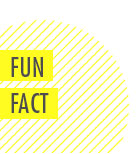
VAX computers were once used to process simulations of Army vehicles moving around bump courses.
"This Old Tech" is an ongoing series about technologies of the past that had an impact. Have an idea for a technology we should feature? Please let us know in the comments!



